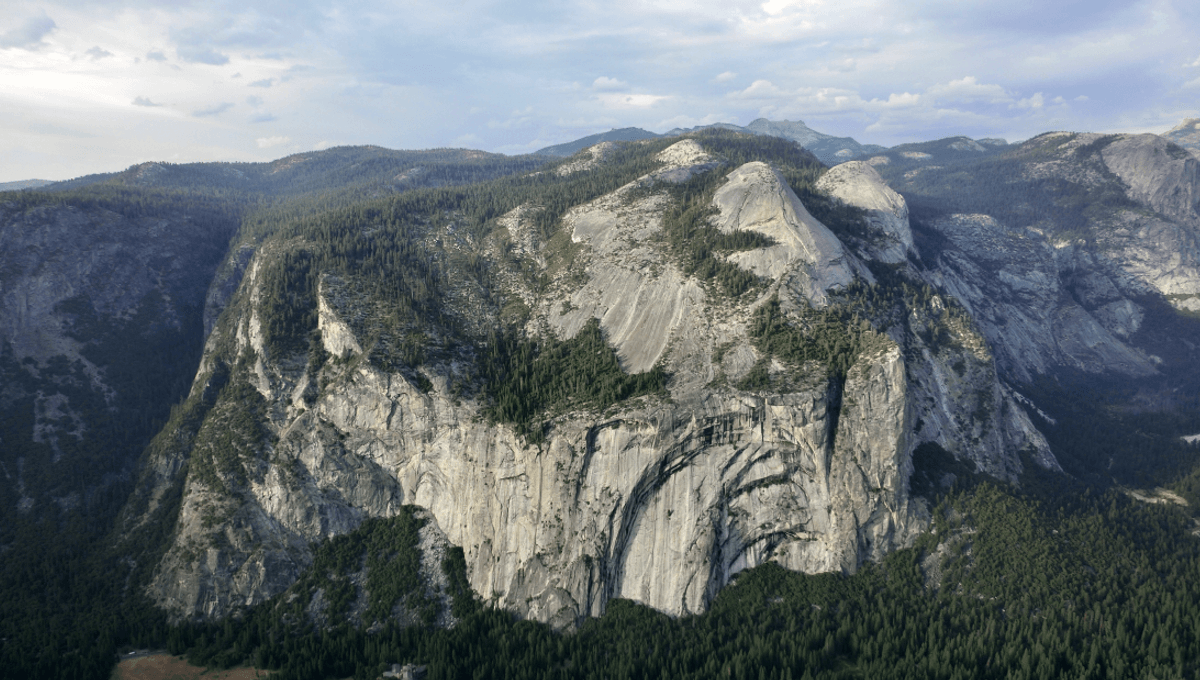
Climbers scaling Yosemite came across a new crack near the Royal Arches cliff last week. According to park officials, a subsequent investigation concluded that cracking was actively occurring and so they have taken steps to close sections of the park as a safety precaution.
The new crack has partially detached a large pillar of rock near the climbing route known as Super Slide. To reduce the risk of rockfall, the National Park Service is sealing off trails while their investigations continue. The closures began on August 30 and will remain in place until further notice.
“The following week a climbing ranger and a geologist observed it firsthand and they could hear it cracking like a frozen lake that wasn’t consolidated,” Jesse McGahey, a Supervisory Park Ranger at Yosemite National Park, told Climbing. “And there were pieces of rock rattling down the crack without touching it. The park geologist said they’d never seen anything like this. He’s never been able to observe that in his 15 years in Yosemite.”
The crack is reported to have moved around an inch over a period of seven days, but what that means for the future isn’t exactly clear. The large pillar of rock that has park officials worried could be about to drop, or it could take years, but until they have a clearer picture of the potential threat, parts of the park will remain out of bounds.
Rockfalls aren’t uncommon for Yosemite Valley whose steep cliffs were carved out by a glacier. It means the terrain here is ever-changing, adding to the national park’s beauty, but rockfalls are events you probably want to avoid seeing up close.
“Triggering mechanisms like water, ice, earthquakes, and vegetation growth are among the final forces that cause unstable rocks to fall,” writes the National Park Service. “If water enters fractures in the bedrock, it can build up pressure behind unstable rocks. Water also may seep into cracks in the rock and freeze, causing those cracks to grow. This process is called ‘frost wedging’ or ‘freeze-thaw’ and can incrementally lever loose rocks away from cliff faces.”
Frost wedging is also responsible for the peculiar landscape of Bryce Canyon National Park in Utah, where a record-breaking number of hoodoos can be found.
Source Link: A New Crack Has Appeared In Yosemite, And It's Huge